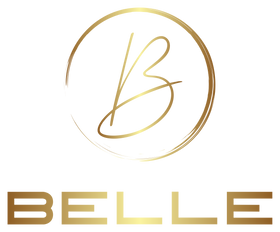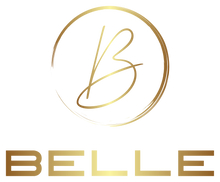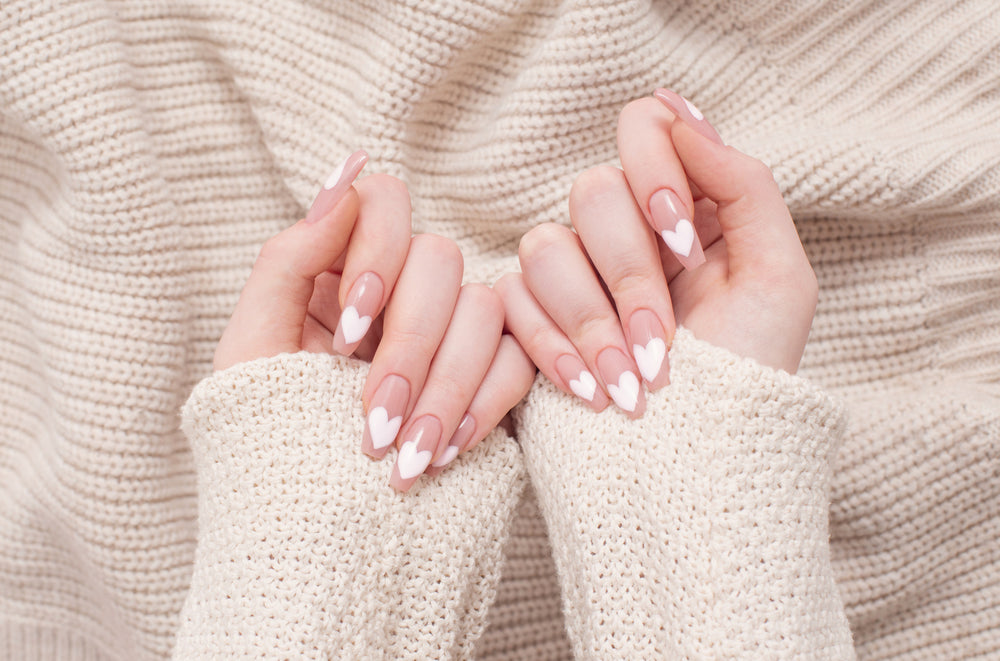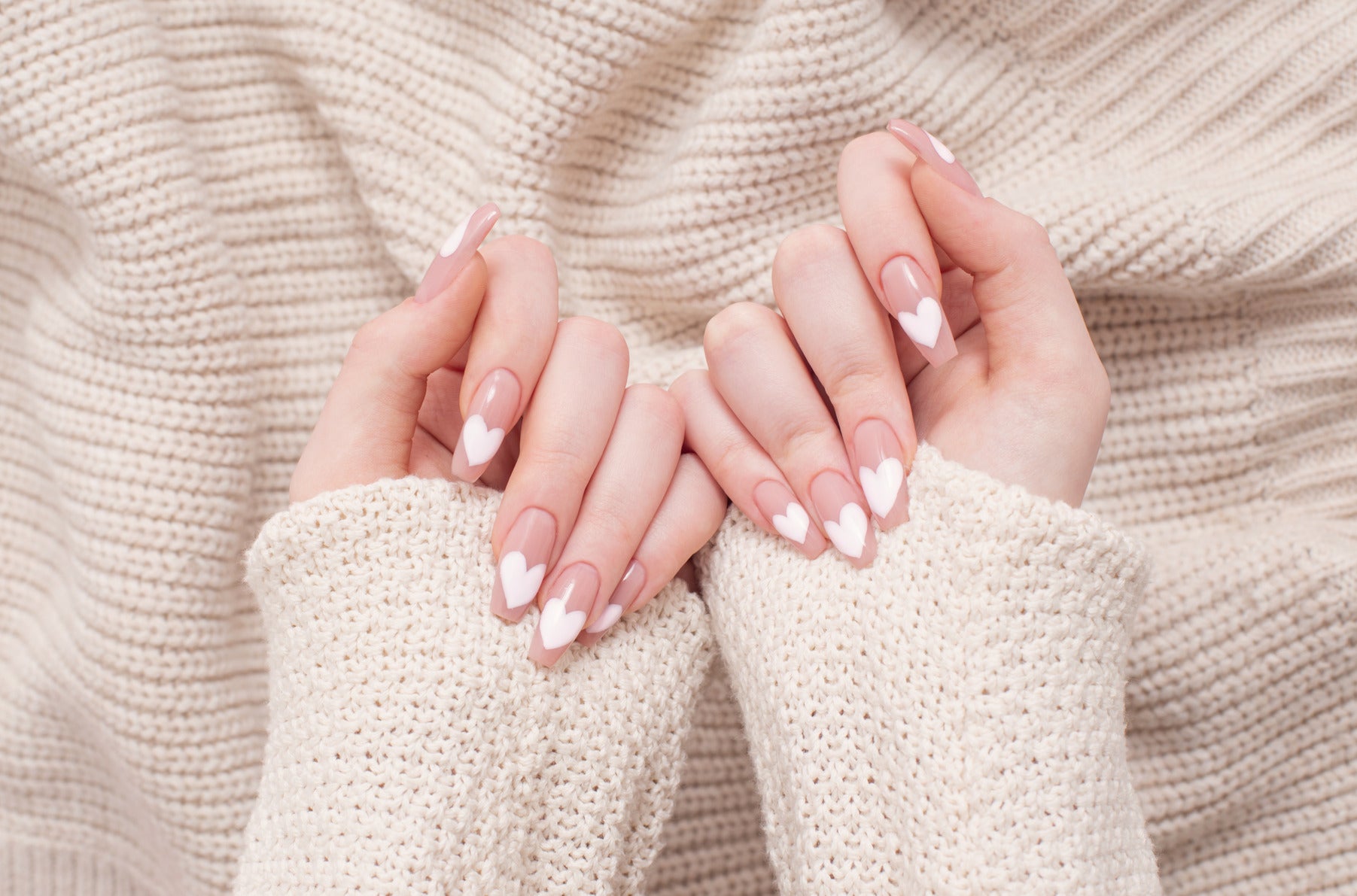Does Gel Nail Polish Damage your Nails?
Gel nail Polish has revolutionised the beauty industry. It offers a long-lasting, chip-resistant manicure that many find irresistible.
But does gel polish damage nails? This question has been a topic of debate among beauty enthusiasts and professionals alike.
In this comprehensive guide, we'll delve into the potential risks associated with gel nail polish. We'll explore how improper application and removal can lead to nail damage.
But it's not all doom and gloom. With the right techniques and care, you can enjoy the benefits of gel polish without compromising your nail health.
We'll provide step-by-step instructions on how to properly apply and remove gel varnish. Plus, we'll share tips on maintaining nail health between manicures.
Whether you're an aspiring nail technician or a beauty enthusiast, this guide will equip you with the knowledge to confidently use gel nail polish. Let's get started.
Understanding Gel Nail Polish and Nail Health
Gel polish offers a glossy finish that many adore. However, understanding its interaction with nails is crucial.
Nails are composed of keratin, a fibrous protein. This structure is both strong and flexible.
Gel polish forms a solid coating over the nail. While this enhances durability, it may hinder the nail's ability to "breathe."
Additionally, improper techniques can interfere with nail health. Let’s explore these interactions further.
The Anatomy of the Nail and Gel Polish Interaction
The anatomy of nails plays a key role in gel polish application. The nail plate, composed of compacted keratin cells, requires careful handling.
Gel polish sits atop this nail plate. When applied, the varnish forms a tight bond with the surface.
While this bond ensures longevity, it can also impact the nail's natural moisture levels. Careful attention during application and removal is essential to maintain nail health.
Potential Risks of Gel Nail Polish
Gel nail polish poses potential risks if not managed well. Damage often stems from mishandling.
Improper removal can peel off layers of the nail, weakening it. Overuse can lead to nail dehydration and brittleness.
Here's a breakdown of the common risks associated with gel nail polish:
- Filing: Over-filing can thin the nail plate and cause weakness.
- UV exposure: Over-curing can make nails brittle.
- Incorrect removal: Peeling or scraping damages the nail surface.
- Prolonged usage: Continuous use may lead to dehydration and reduced nail strength.
Awareness of these risks can help mitigate potential harm, promoting healthier nail care practices.
Proper Application Techniques to Prevent Damage
Applying gel nail polish with care can minimise potential nail damage. Starting with a clean and dry nail surface is crucial. This ensures the polish adheres properly without causing harm.
Use high-quality products to reduce the risk of nail reactions. Choosing varnishes and gels designed for sensitive nails can also be beneficial. Always follow the manufacturer's instructions exactly for the best results.
Proper technique involves more than just application. Filing and buffing should be gentle to avoid thinning the nail. Avoid excessive pressure, as this can lead to unwanted damage.
Educating clients about safe at-home care extends the lifespan of the manicure. Remind them not to pick or peel at their nails. This advice protects against accidental nail layer removal.
By incorporating these practices, nail technicians can ensure healthier, damage-free manicures. Your approach to application deeply affects the nails' overall condition and clients' satisfaction.
Preparing the Nail for Gel Polish
Successful gel application begins with thorough preparation. Start by trimming and filing the nail to a suitable length and shape. This step reduces the likelihood of snagging and breakage.
Next, gently push back cuticles. Avoid cutting cuticles to minimise infection risk. Light buffing helps the gel stick, but be cautious to avoid thinning the nail plate. Finish by cleaning the nail surface with an alcohol pad to remove oils. This step ensures the base coat can bond effectively.
The Role of Base Coats and Top Coats
Base coats play a pivotal role in protecting the nail. They create a barrier that prevents staining and enhances polish adhesion. A single thin layer often suffices.
Top coats offer a protective shield, extending the life of the manicure. They not only add shine but also safeguard the gel from chipping or peeling. Ensuring both the base and top coat are applied correctly can drastically improve polish durability and nail health.
Safe Removal of Gel Nail Polish
Removing gel nail polish safely is as critical as applying it. Improper removal can lead to nail damage and weaken the nail bed. A gentle approach preserves the integrity and health of the nails.
The soaking method is the most effective and safe way to remove gel polish. Begin by filing the surface of the gel lightly to break the seal. This helps the remover penetrate and work more effectively.
Wrap each nail with a piece of cotton soaked in acetone and secure it with a small piece of aluminium foil. This concentrates the acetone on the nail, reducing exposure to the surrounding skin. Allow it to sit for at least 10–15 minutes.
Once the gel is loosened, use a cuticle pusher to gently slide off the polish. Avoid scraping or forcing the gel off, as this can harm the layers of the nail underneath. Patience is key.
After removing the polish, you ought to hydrate the nails. This replenishes moisture, counteracting the acetone's drying effects. Restoring nail health after removal is essential for maintaining strength and resilience.
The Soak-Off Method Explained
The soak-off method is widely recommended due to its efficacy and gentleness. Initially, prep the nails by gently buffing the surface. This allows acetone to penetrate the gel more efficiently.
Next, apply acetone-soaked cotton to each nail. Secure it with foil wraps to minimise evaporation. The enclosure aids in a quicker, more thorough removal process. This technique prioritises care and protects against damage from harsh scraping.
Tools and Techniques for Gentle Removal
For a successful and gentle removal process, certain tools are indispensable. A cuticle pusher is essential for gently nudging off the gel post-soak. Opt for one with a soft, rounded edge to prevent nail scratching.
Acetone, whilst effective, can dry out both nails and skin. To minimise this, apply a thin layer of cuticle oil around the nail bed before wrapping. This creates a barrier that helps maintain moisture during the removal.
Post-Removal Nail Care
After removing gel polish, nails might feel dry and brittle. Begin by gently washing your hands to remove any acetone residue. Follow up with a rich hand cream to nourish the skin and nails.
Using a strengthening treatment can aid in recovery. Look for formulas containing biotin or keratin to reinforce nail health. Encourage clients to apply a nourishing cuticle oil daily. This sustains moisture and promotes the growth of healthier nails.
Maintaining Nail Health Between Gel Manicures
Taking care of your nails between gel manicures is crucial for maintaining their health. Regular upkeep prevents long-term damage and keeps nails looking great. Simple practices can make a significant difference.
One of the key practices is to moisturise regularly. Keeping nails and cuticles hydrated prevents brittleness. A daily application of cuticle oil or hand cream goes a long way.
Incorporating breaks into your gel manicure routine is also essential. Allowing time between applications gives your nails a chance to breathe and recover. This helps maintain their natural strength and flexibility.
Here are some other tips to maintain nail health:
- Use a gentle nail file to shape your nails.
- Avoid harsh chemicals by wearing gloves during cleaning tasks.
- Trim nails to a manageable length to prevent breakage.
- Consume a balanced diet rich in vitamins for overall nail health.
Hydration and Nutrition for Nail Strength
Hydration is vital for strong and flexible nails. Applying a nourishing cuticle oil daily helps retain moisture. This not only strengthens the nail but also prevents cracking and splitting.
Diet plays a significant role in nail health. Consuming foods rich in biotin and vitamin E supports nail growth and strength. Nuts, eggs, and green leafy vegetables are excellent sources. Ensuring adequate water intake also promotes optimal hydration, benefiting your nails.
Breaks and Treatments for Nail Recovery
Taking breaks between gel manicures is crucial for nail health. This allows nails to repair and regain their natural strength. Typically, a break of a week or two is beneficial.
During these breaks, consider applying strengthening treatments. These treatments often contain proteins like keratin that help rebuild the nail structure. A regular application can significantly enhance nail resilience over time.
Incorporating these practices offers a preventative approach to nail care. It encourages longevity in the health and appearance of your nails.
Tips for Aspiring Nail Technicians
Becoming a successful nail technician requires dedication and skill. It's more than just applying varnish; it's about understanding nail health and client needs. Here are some tips to help you succeed in this field.
Firstly, always aim to enhance your skills. Attend workshops or courses to stay updated with the latest techniques and trends. Networking with other professionals can provide valuable insights and opportunities.
Building a strong client rapport is crucial. Good communication ensures clients feel understood and valued. This enhances their experience and fosters loyalty.
Offering a variety of services can also set you apart. Consider these tips to expand your expertise:
- Learn and offer different nail art designs.
- Understand various nail types to provide personalised services.
- Stay informed about new products and nail care innovations.
- Cultivate a habit of recommending appropriate products to clients.
- Provide professional removal services to increase client trust.
Education and Ongoing Learning
Ongoing learning is key in maintaining a competitive edge. The beauty industry is dynamic, and keeping up to date with trends is vital. Regularly attending training sessions can greatly enhance your skills set.
Moreover, participating in industry events, such as trade fairs and seminars, broadens your knowledge. It also keeps you abreast of the latest products and innovations. Engaging with educational content online is another convenient way to learn and develop.
Building a Portfolio and Client Education
A well-curated portfolio displays your skills and versatility as a nail technician. It reflects your ability to handle various designs and techniques. Including before-and-after photos can demonstrate your proficiency and attract new clients.
Client education is a significant aspect of building enduring relationships. Providing clear instructions on aftercare can guarantee their nails remain healthy and the polish lasts longer. Sharing tips on maintaining nail health between visits adds value to your service, enhancing client satisfaction.
Conclusion and Best Practice Summary
Gel nail polish can be a beautiful, long-lasting choice for many. However, understanding and implementing best practices is crucial to prevent gel polish damage. Correct application and removal, alongside regular nail care, play significant roles in maintaining healthy nails.
For aspiring nail technicians, honing skills and staying informed is essential. Emphasising client education and adhering to safety guidelines will enhance both client satisfaction and nail health. Remember, a meticulous approach in your practice not only ensures stunning results but also helps build a lasting professional reputation.
Call to Action
Begin mastering the art of gel nail care today. Prioritise learning and adopt best practices to elevate your skills. Engage with the latest techniques and commit to continuous improvement. Your journey to becoming a trusted nail technician begins with informed choices and a dedication to excellence.






